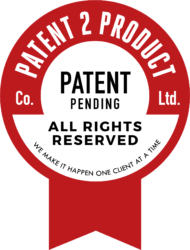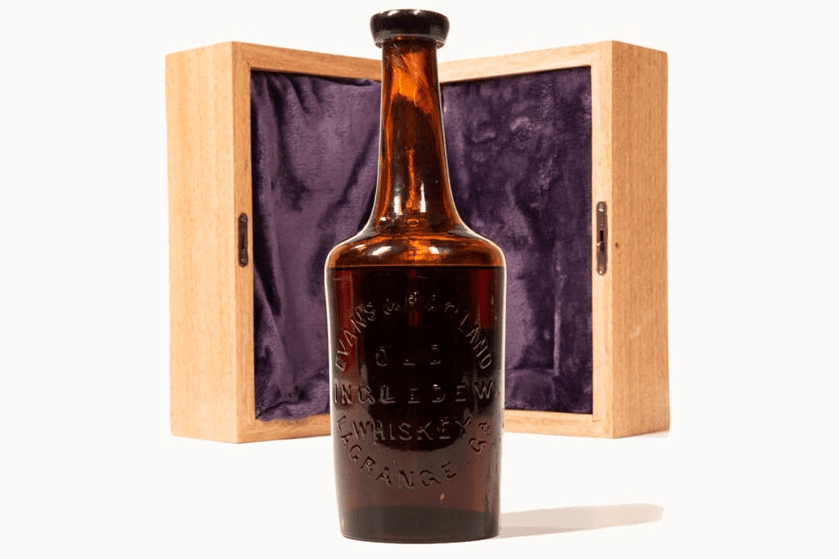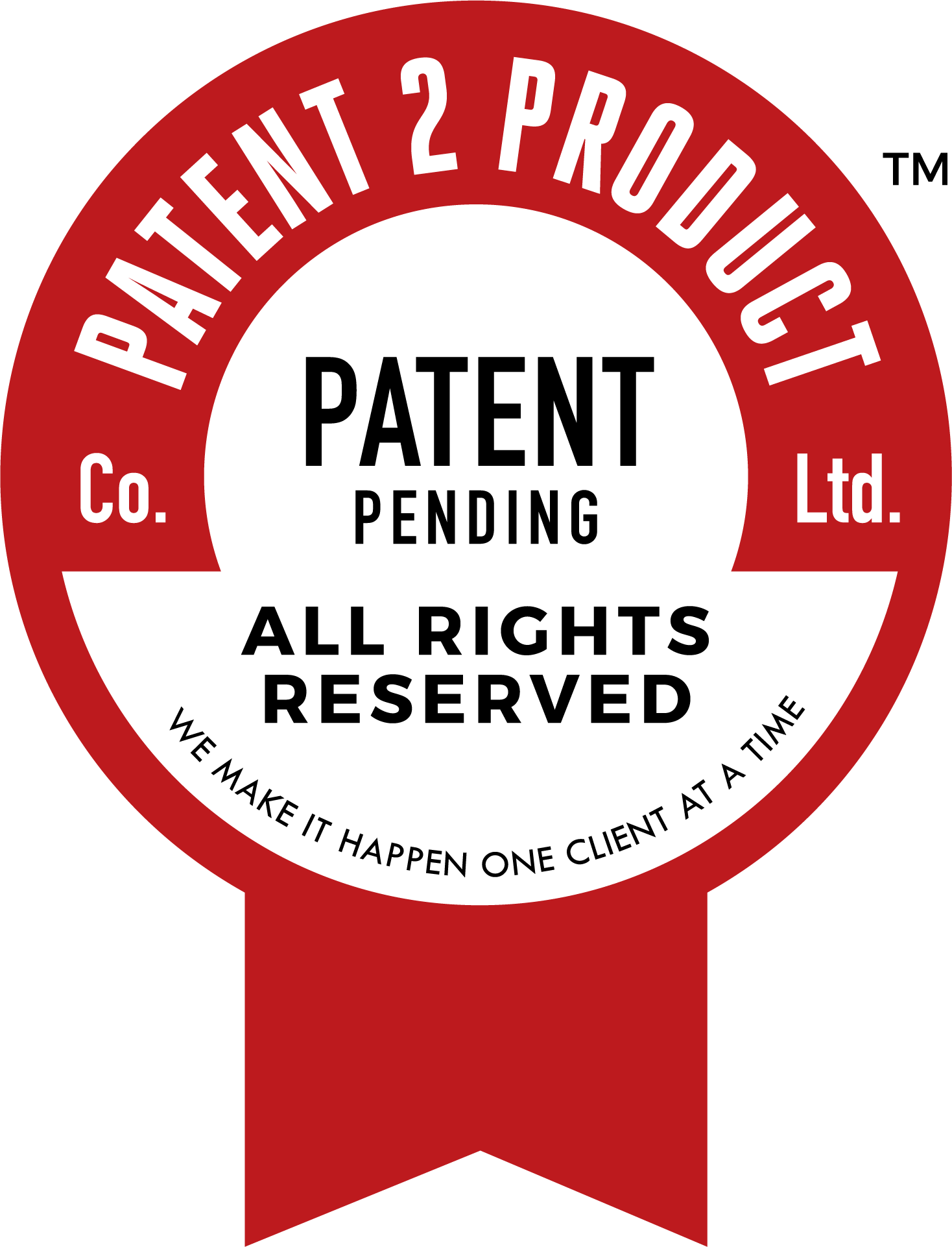
A strange shape described by mathematician Lord Kelvin in 1871 and predicted to behave unusually in a fluid has finally been fully studied in the real world thanks to 3D printing – and it seems Kelvin may have been wrong. The behavior of the shape, called an isotropic helicoid, has been described in fluid dynamics textbooks, but it hadn’t been directly measured until now.
An isotropic helicoid must experience the same amount of drag from a fluid regardless of its orientation, like a sphere, but also rotate as it moves through the fluid. So if you dropped an isotropic helicoid into a tank of a viscous liquid, it should spin as it sinks, similar to the way a propeller turns.
Greg Voth at Wesleyan University in Middletown, Connecticut, and his colleagues 3D printed five different shapes that should be isotropic helicoids, each a little more than a centimetre across, and dropped them into a tank of silicone oil. They were unable to detect rotation in any of them, meaning the predictions for an isotropic helicoid may be wrong.
“You’ve got to guess that somebody else has tried this in 150 years – in Kelvin’s original paper, it even sounds like he tried it,” says Voth. “I suspect that people have tried to fabricate these particles, but they were limited by defects in the fabrication so they simply didn’t publish, so the hypothesis of this behaviour has stayed with us.”
Upon delving into the hydrodynamic effects in play, the researchers calculated that there was almost certainly a link, or coupling, between the movement and rotation of their particles, meaning they fulfilled Kelvin’s criteria. But this was far too small to have any detectable effect.
“The coupling is tiny, but it still exists,” says Voth. He and his team are now working on building an isotropic helicoid where that coupling could be measurable, which would finally vindicate Lord Kelvin’s idea.


